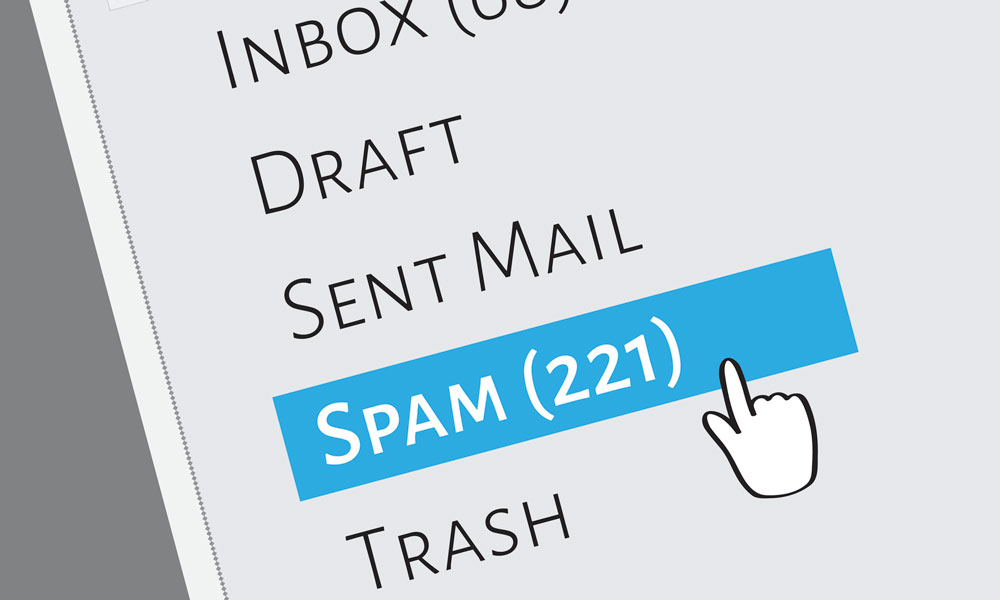
Study: Do Potential Donors Think You’re a Spammer?
A new study by the nonprofit marketing firm EveryAction finds that 1 in every 14 fundraising emails sent goes directly to a spam folder—a total that could be costing your organization thousands of dollars yearly.
You put a lot of work into the fundraising appeals you send to members and the public at large. But are those emails heading for the trash bin before they even have a chance?
According to new research from a nonprofit marketing firm, the possibility is real—and it could be affecting your bottom line. The 2016 edition of EveryAction’s Nonprofit Email Deliverability Study indicates that nonprofits sent more email last year, but more of those appeals (along with a bunch of other messages) went directly into the spam folder.
Brett Schenker, the study’s author, writes that email remains an important part of many fundraising programs.
“However,” he explains, “most nonprofits’ email programs raise substantially less than they could due to an often overlooked metric: the percentage of email that actually makes it to recipients’ inboxes. We call this email deliverability.”
The company’s study of 55 nonprofit organizations found that 7.03 percent of all nonprofit emails immediately fell into spam. This had a negative effect on marketers, some of whom saw half of their emails directly hit the spam folder. The spam rate jumps even higher—to an average of 10.19 percent, during the holiday months, when end-of-year campaigns are in full force.
The report noted that, based on benchmark online giving data, every percentage point of email hitting spam folders cost nonprofits around $1,052.64 annually—with spam having a negative effect on every major email metric.
Some advice that the study offers for nonprofit marketers:
Respect your list: One of the issues that really grinds the gears of email recipients is when they cannot easily unsubscribe from an email. On top of that, if you’re using an old list of subscribers, they may not be actively opening your messages, and that can negatively affect your status in the eyes of spam filters. Clean out old email addresses, and make the unsubscribe function easier to find.
Opt in, not out: By putting end users in control of the messages received from your organization, you’ll ensure better response rates and lower spam rates. “Not only should you be explicitly asking individuals if they’d like to opt into your email list, you should also send a follow up email to confirm their address is correct,” Schenker writes.
Know your data: Open rates and click rates—the usual vanity metrics focused on by marketers—aren’t always enough. Schenker recommends a deeper dive. “Every organization should be focusing more on how individuals react, testing engagement with subject lines and content, and looking at how various segments perform,” he explains.
Curious to learn more? The study is available at the EveryAction website.
(iStock/Thinkstock)






Comments